February 25-27,
Fujian Province “Mobile Hospital” Inspection Project
The soldiers went to Sanming and Ningde in two separate ways,
( Click here to review at Sanming Station)
The 46 doctors from the Provincial Hospital, Provincial Maternal and Child Health Hospital,
Provincial Children’s Hospital and Provincial Cancer Hospital
,
Under the leadership of provincial hospital leaders Zhu Pengli and Chen Feng,
accompanying the mobile medical vehicle of the National Emergency Medical Rescue Team,
the journey is mighty< /p>
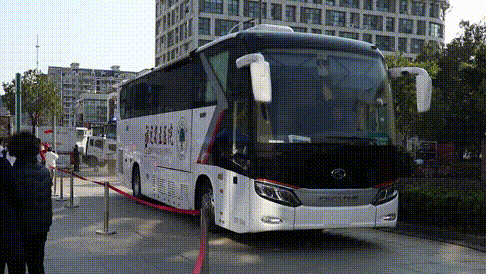
From Aoyang Community Health Service Center, Shouning County, Ningde City,
to Xiadang Township Health Center ,
and then went to Songgang Community Health Service Center in Xiapu County,
Changchun Central Health Center,
to send an upgraded version of the free clinic to the door of the grassroots people .


Upgraded free clinic
One-stop service for diagnosis and examination
Different from the previous free clinics at the grassroots level, this time a phalanx formed by the national emergency medical rescue team, including outpatient vehicles, medical technical support Vehicles, mobile CTs, material transport vehicles, power generation and oil storage vehicles have attracted the attention of many people.
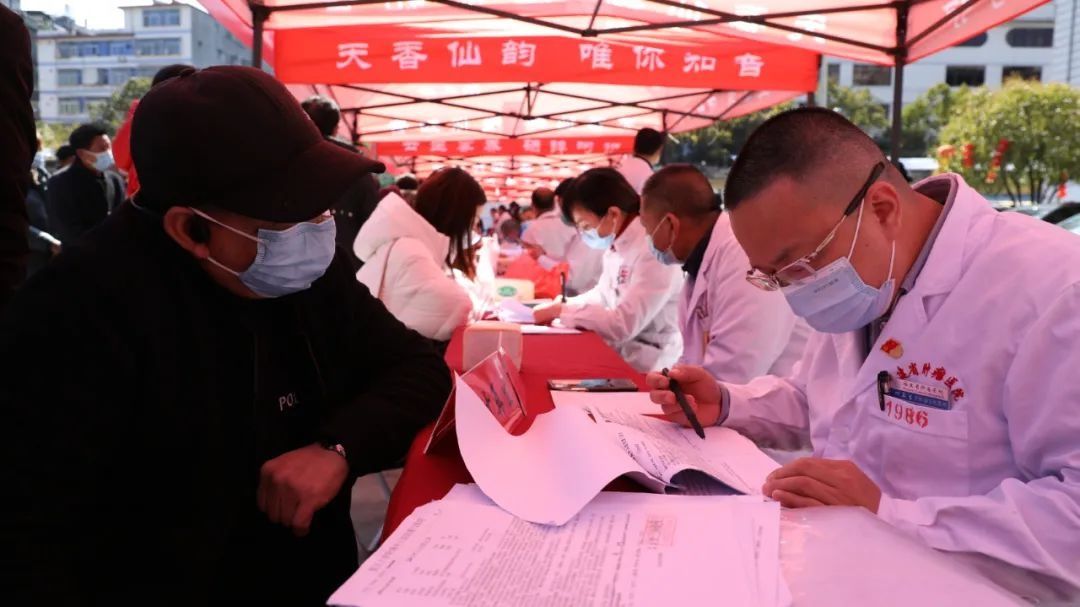
I saw many gray-haired elderly people waiting in the free clinic early in the morning, and many doctors could not wait for the official consultation , the patient was treated.

CT, ultrasound, electrocardiogram, blood routine, biochemistry and other routine inspection items, providing reliable diagnosis for free clinic experts in accordance with.
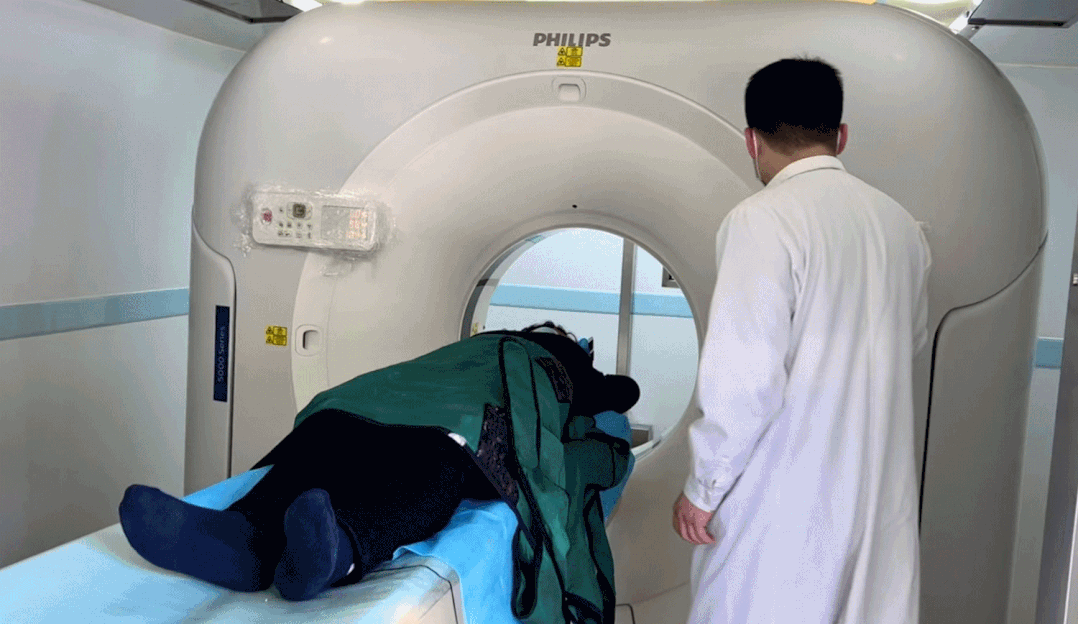
In Xiadang Township, Shouning County, a villager, Sister Wu, and three sisters at home came to do B-ultrasound together. Sister Wu told reporters that due to the inconvenience of transportation, very few people in the village have the habit of taking the initiative to go to the county for a physical examination. p>
The CT car was also popular. After one day, Wu Jianman, the chief physician of the Department of Radiology of the Provincial Hospital, examined seventy or eighty patients. After the four free clinics, four patients were diagnosed with cancer by CT examination alone, and the other two patients with suspected tumors needed further diagnosis.
After the diagnosis was confirmed by examination, many patients received further medical advice. The one-stop diagnosis and treatment has reduced the need for grass-roots people to rush and get real help.

“Now the Provincial Health and Health Commission is carrying out the ‘Red Doctor Spirit’ learning activities in the province’s medical and health system, I think Bringing more beneficial medical services to the grassroots through free clinic activities and implementing the diagnosis and treatment work is a manifestation of practicing the spirit of red medicine.” Cai Liangzhi, deputy chief physician of the Department of Gynecology of the Provincial Maternal and Child Health Hospital, said.

On-site teaching of free clinics
At the on-site free clinics, cardiology, neurology, gastroenterology, general Science and medicine and other disciplines have been popular among the local people.
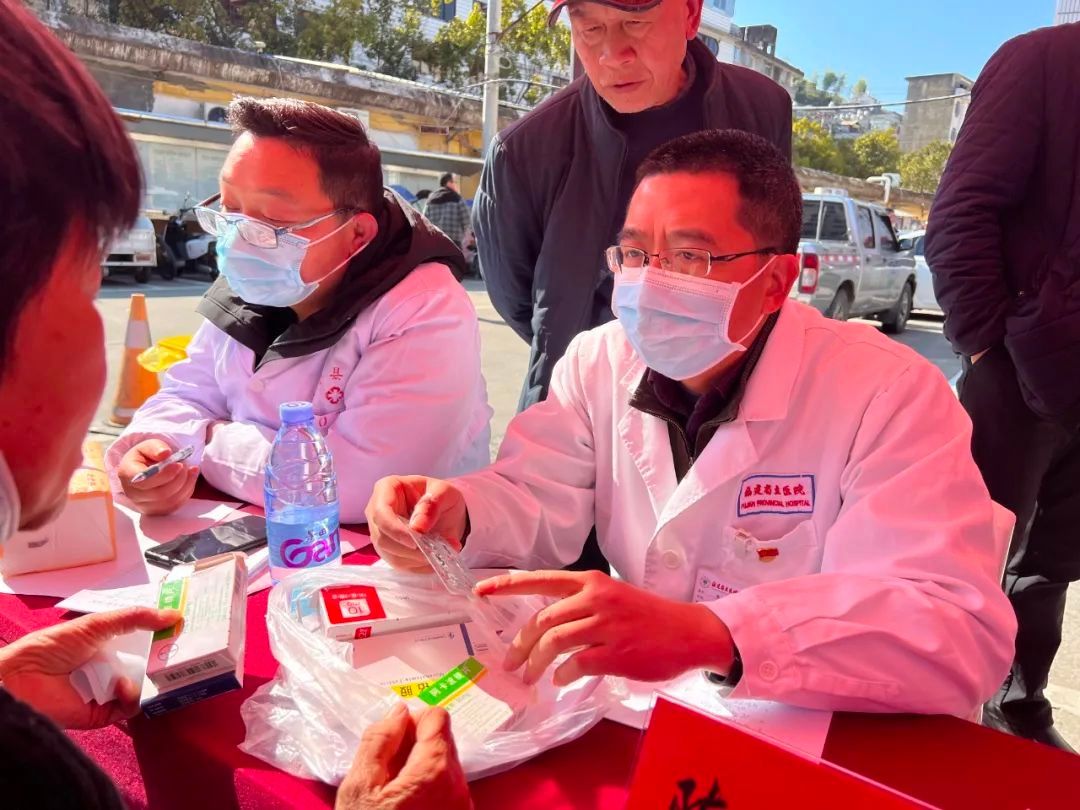
In Xiadang Township, there is always a long queue at the desk of Guo Tailin, chief physician of general medicine at the provincial hospital. From 8:40 to 11:30, he has been answering various inquiries from the public, and even the mineral water on hand has not been opened.
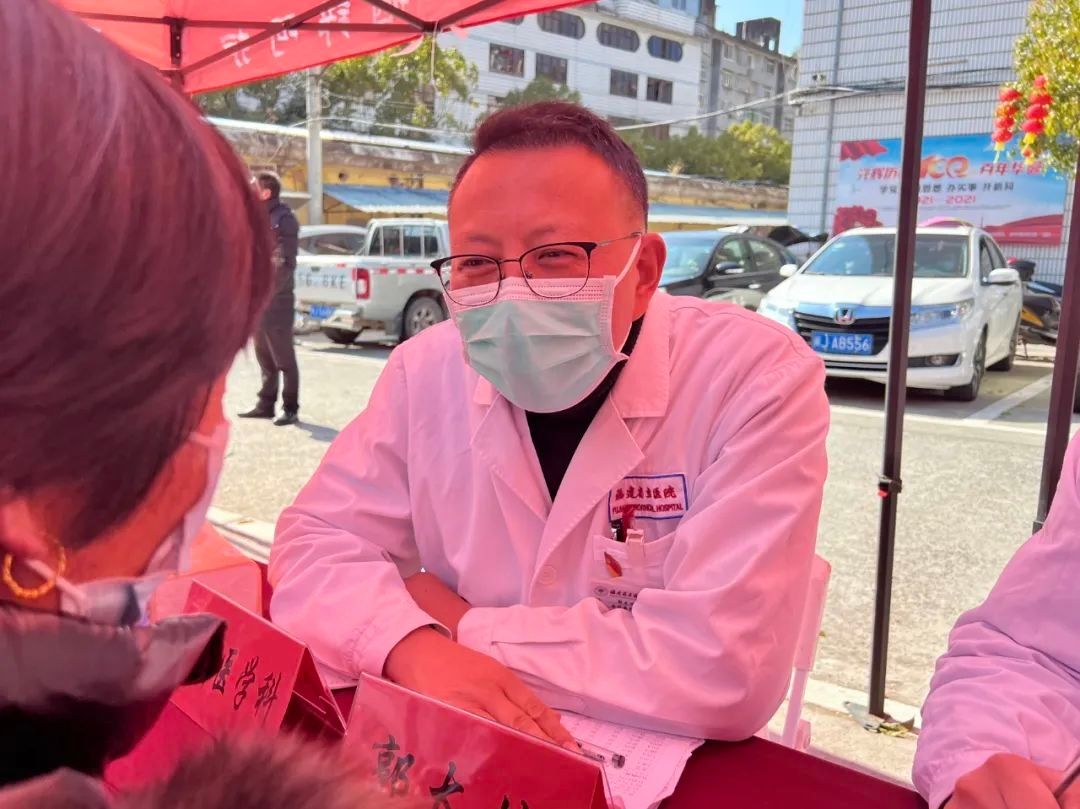
“Do you work?” “What do you like to eat and do?” “What underlying diseases did you have before?” When encountering a patient with low back pain, Guo Tailin did not rush to make a diagnosis, but carefully checked the “hukou”. At the key point of the next diagnosis, Guo Tailin exchanged a few words from time to time with Hu Junkang, the vice president of science and technology at the Xiadang Township Health Center in Shouning County, who was studying next to him. too much the same”.
As a general practitioner, a more meticulous inquiries can help Hu Junkang learn a lot from the various strange symptoms provided by patients and provide help for accurate differential diagnosis. revelation.
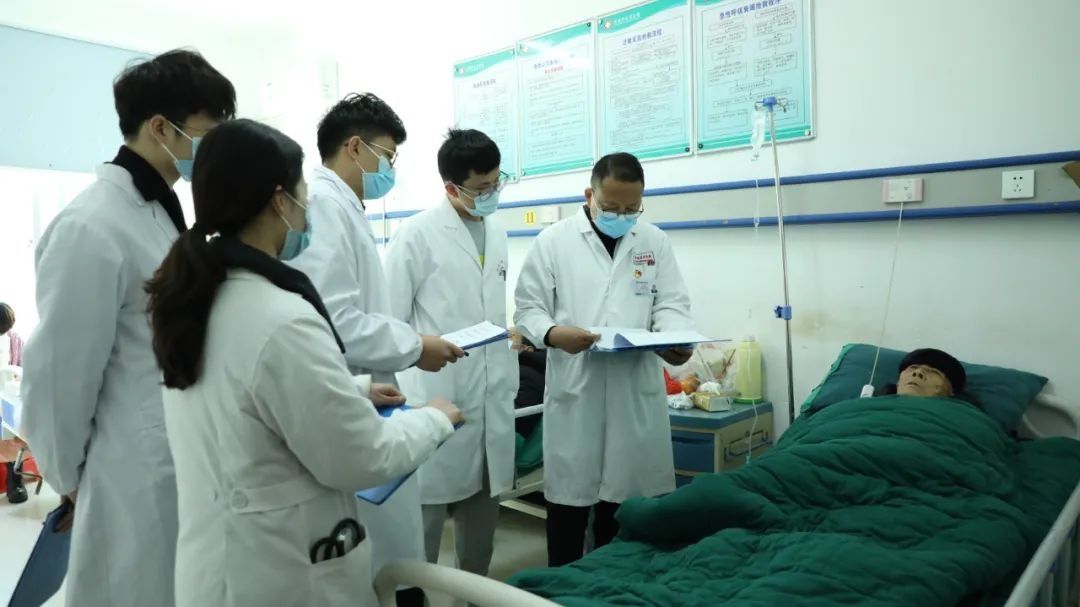
Guo Tailin (first from the right) rounds the ward
According to Guo Tailin, a comprehensive tertiary hospital was established An important purpose of general medicine is to train general practitioners in community and township health centers. To this end, many general practitioners at the general level of the provincial hospital come to train and participate in ward rounds every year. And this grassroots free clinic is a very good on-site teaching.
In addition to checking the disease
The more important thing is to improve the awareness of disease prevention
“Molybdenum target can detect early breast cancer that has not yet formed a lump, it may be something There are little calcifications, so it is necessary to have a mammography after the age of 40.” While explaining, he kept writing down the key words just mentioned on the paper, and underlined the key points. After the diagnosis and treatment, each search The patients in Changchun Town, Xiapu who were consulted by Wu Xiufeng, the Health Ambassador of Fujian Health News and Deputy Chief Physician of the Breast Department of the Provincial Cancer Hospital, received special prescriptions from her.
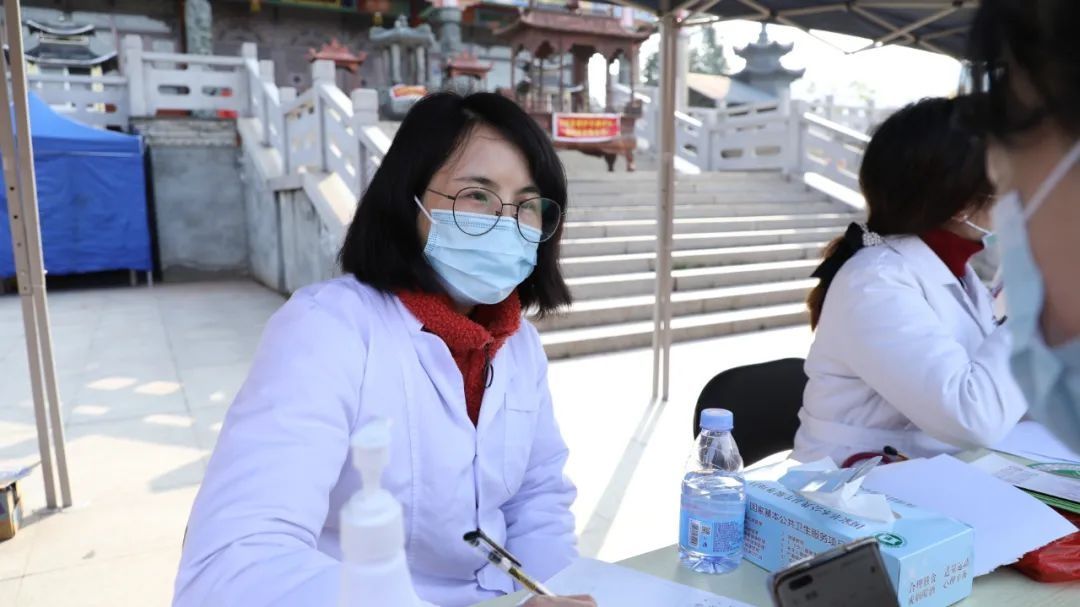
In Wu Xiufeng’s view, medical terms are obscure and difficult to understand, and it is necessary to keep popular science and improve patients’ awareness of early diagnosis and treatment.
Cai Liangzhi, deputy chief physician of the Department of Gynecology of the Provincial Maternal and Child Health Hospital, also felt the same. Years of free clinic experience made him feel that grassroots women’s awareness of the prevention and control of two cancers is constantly improving. “Coming to the grass-roots free clinic is not only to check the disease, but more importantly, to improve the awareness of health prevention and control of the grass-roots people, to know which diseases can be treated at the grass-roots level and which needs to be sent up, so as to help the hierarchical diagnosis and treatment to be better implemented.”
County-level general hospital inspections
Building a bridge of communication between upper and lower hospitals
Experts visit primary hospitals to conduct business discussions, which is an important part of this “mobile hospital” inspection tour .
On the day they arrived in Shouning, a medical team was dispatched to Shouning County General Hospital. Experts went to each ward to conduct rounds and communicated with local patients and doctors.
Wechat of Wei Xuhua, chief physician of the Department of Pediatrics of Shouning County General Hospital, has added nine provincial pediatric experts, covering pediatrics, neurosurgery, cardiology, urology and other fields, which makes Wei Xuhuatun Feeling full. “You can communicate on WeChat if you encounter difficult problems in the future.”
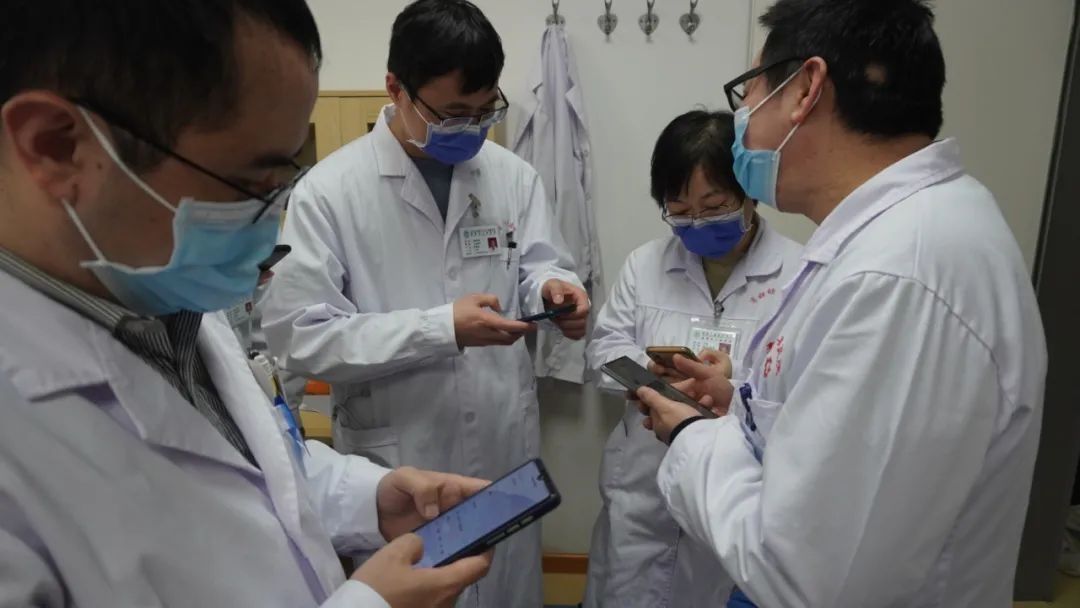
Knowing that the experts from the province are coming, Dr. Li Ting from the Second Department of Urology, Shouning County General Hospital compiled several difficult tumor cases encountered in the department early for consultation. For grassroots hospitals that rarely take over such cases, Dr. Cai Xiongchao from the Provincial Cancer Hospital put forward guidance on medication regimens.
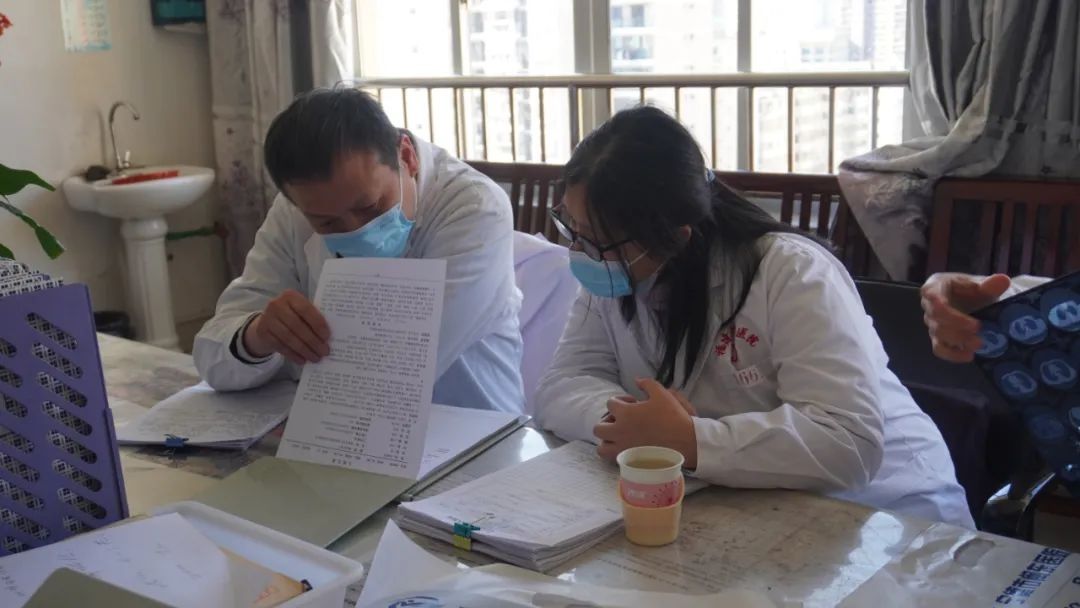
“Although we only discussed two cases today, this exchange is actually in our primary and provincial hospitals. It has built a bridge for follow-up communication.” Li Ting told reporters.
Looking for weaknesses, two-way learning
Through the rounds in Shouning County General Hospital and Xiapu County General Hospital, the weaknesses exposed in primary medical care have also attracted the attention of provincial doctors.
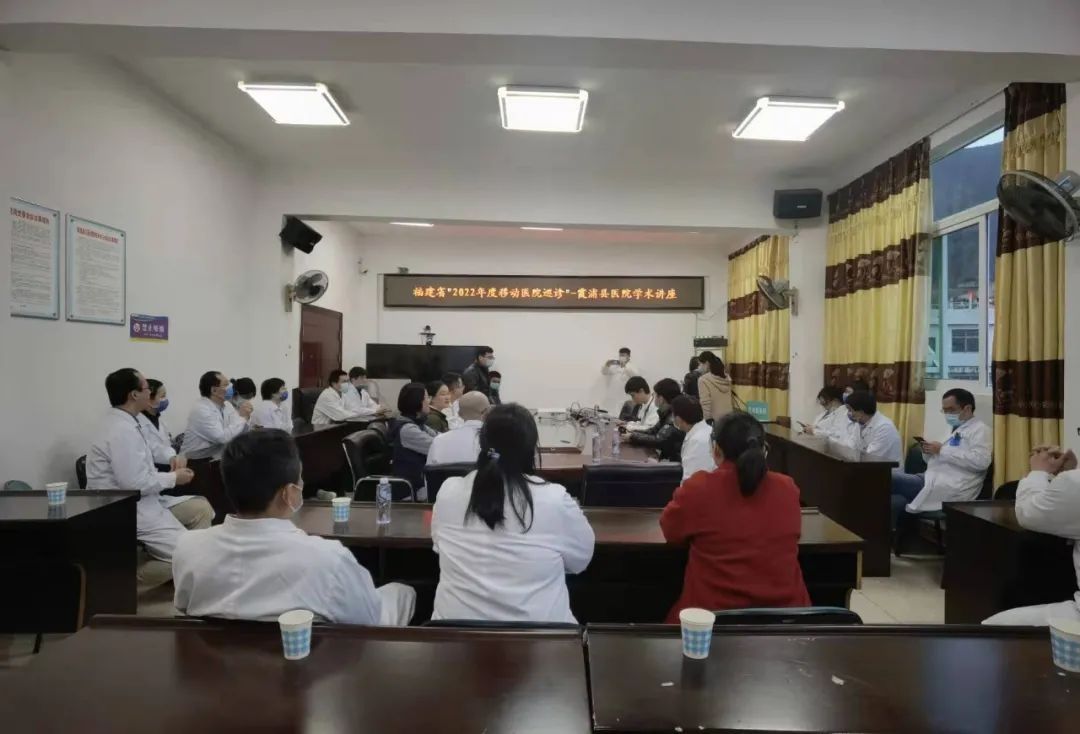
“Taking tumor treatment as an example, some basic-level hospital tumor specialists have inconsistencies in details such as treatment, quality control, and medication. The phenomenon that is too standardized is a shortcoming that needs to be filled in the future.” Cai Xiongchao said.
The lack of inspection and imaging skills makes it impossible for some diseases to be detected in time in primary hospitals. How to better improve the inspection and screening capabilities of primary hospitals, and better play the functions of guiding and referral for difficult diseases, has become the focus of everyone’s discussion.
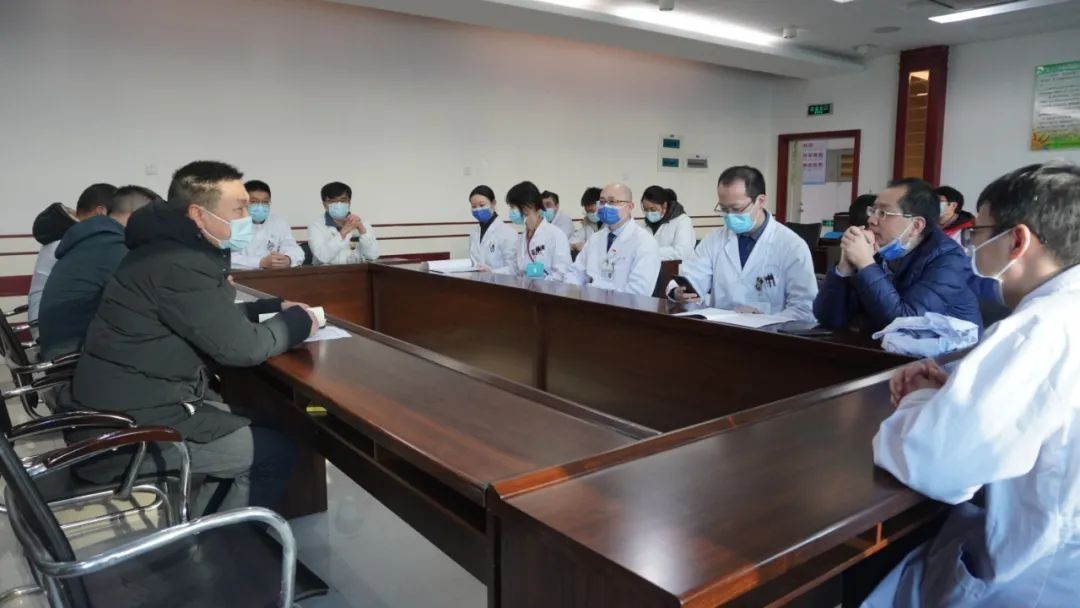
Of course, a few days of free clinics and exchanges, the provincial doctors have gained a lot. Due to the exodus of a large number of young people from the grassroots level, the average life expectancy of the elderly has increased, and the disease spectrum at the grassroots level has undergone great changes. “This also forces us to make corresponding adjustments when guiding grass-roots work in the future. For us, free clinics and visits are a rare opportunity to understand and learn.” Cai Liangzhi said.
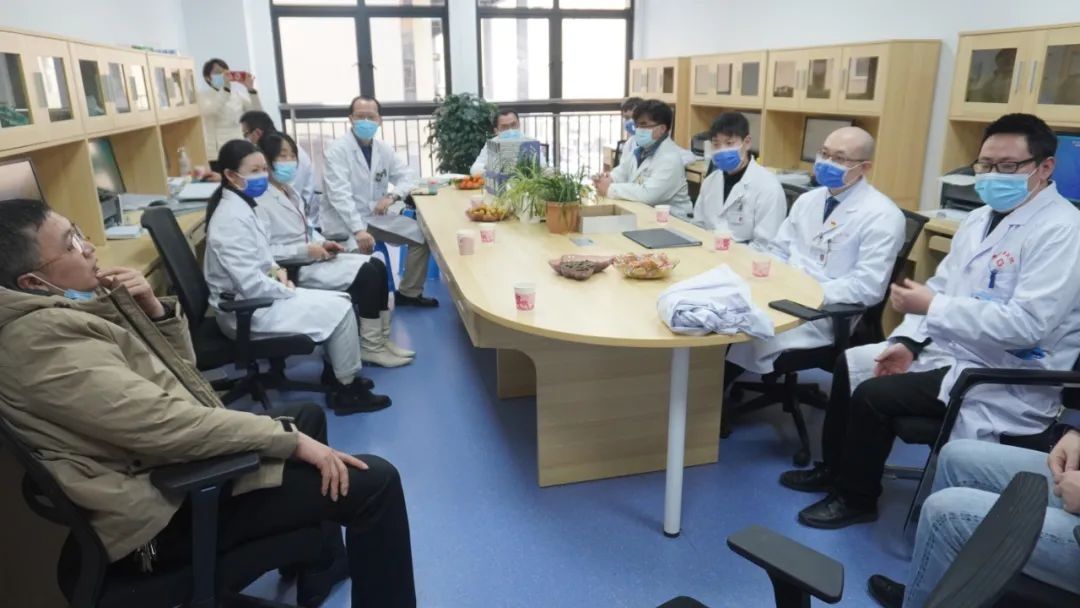
It is understood that in the future, our province will also accurately customize “mobile hospitals” in accordance with the medical service needs of the grassroots, especially for the inconvenience of seeing a doctor or physical examination for people in remote areas.
“Our national emergency medical rescue team will also follow the principle of combining peacetime and wartime, relying on on-board medical equipment, with medical, medical technology and logistical support personnel, and through ‘delivering doctors to home’, the diagnosis, inspection, A complete set of medical services such as testing, treatment, prescriptions, and medicines have been ‘moved’ to the door of the grassroots to solve the problem of ‘difficulty in seeking medical treatment’,” said Zhu Pengli, president of the provincial hospital.
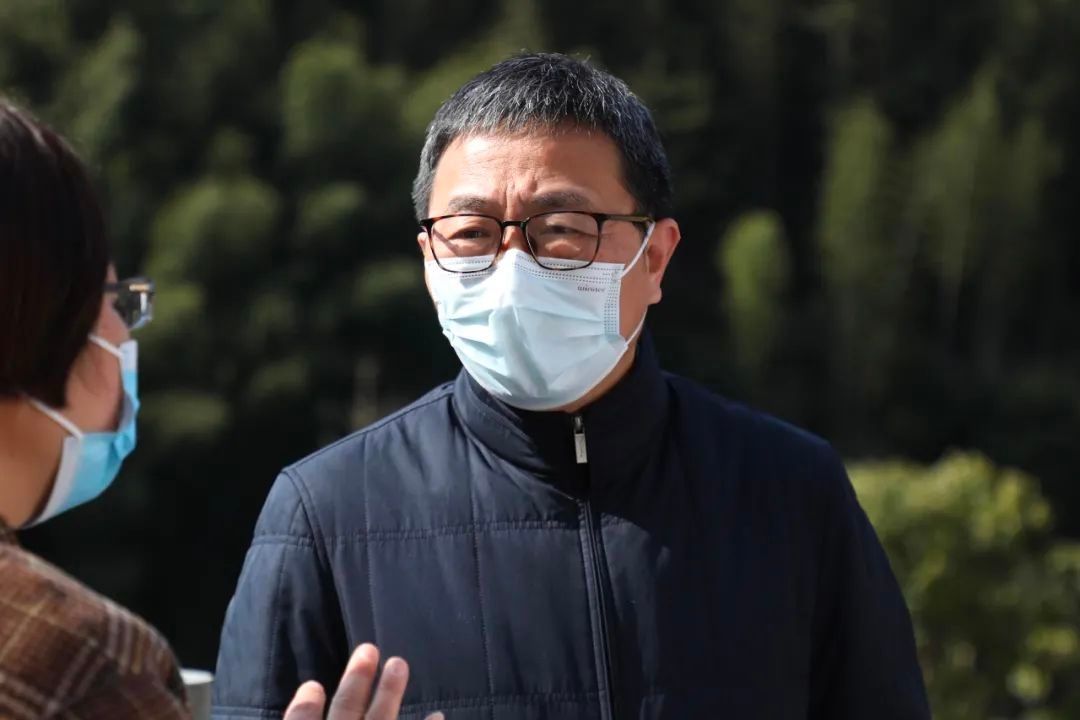
Fujian Health News All Media Reporter: Lin Ying/Wen Zhou Qianyi/Photo
Trainee reporter: Ding Tingmin/Editing
Editor: Xiaofeng
Review: Huang Meihui, Zhu Xiaojie
